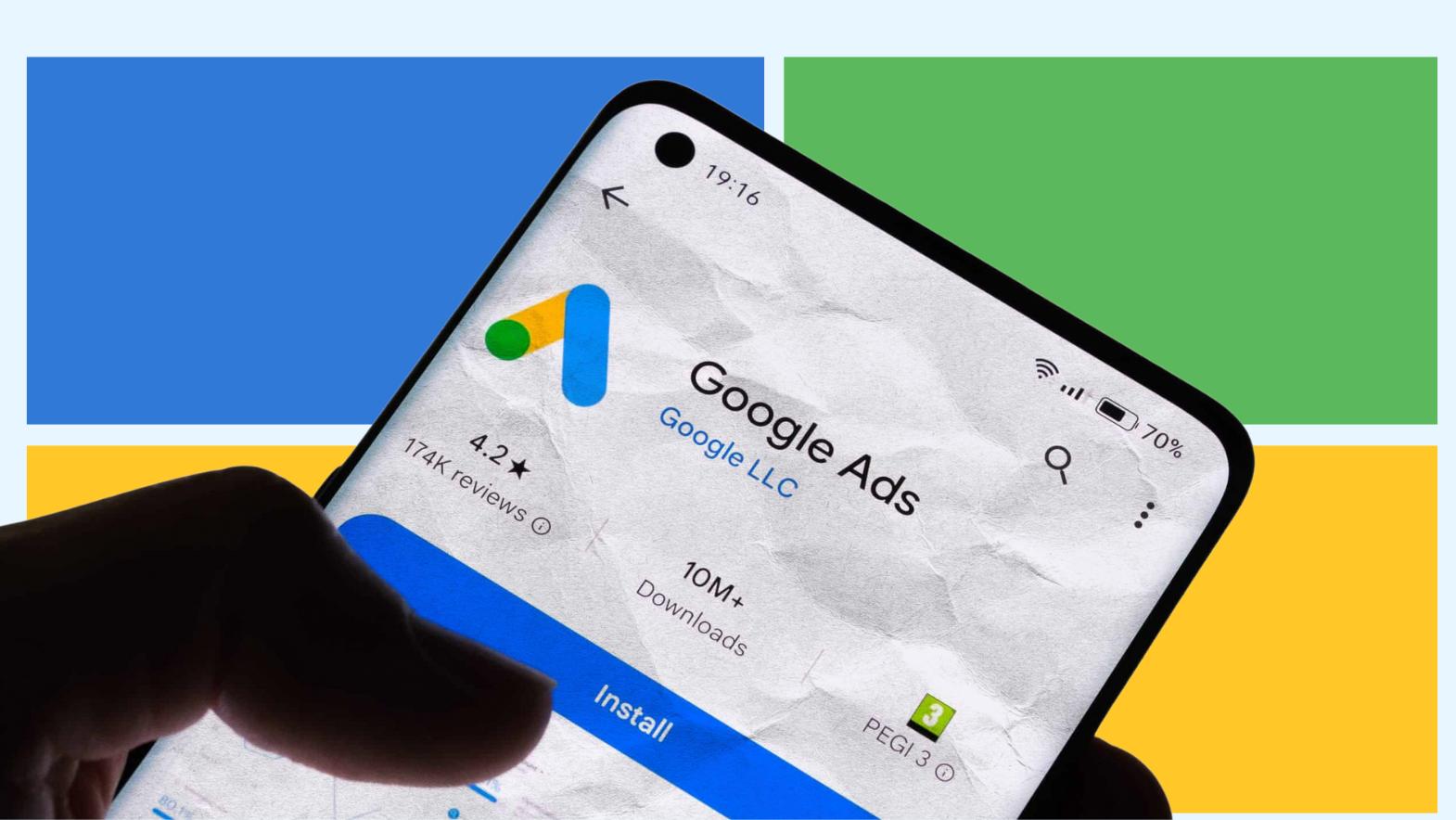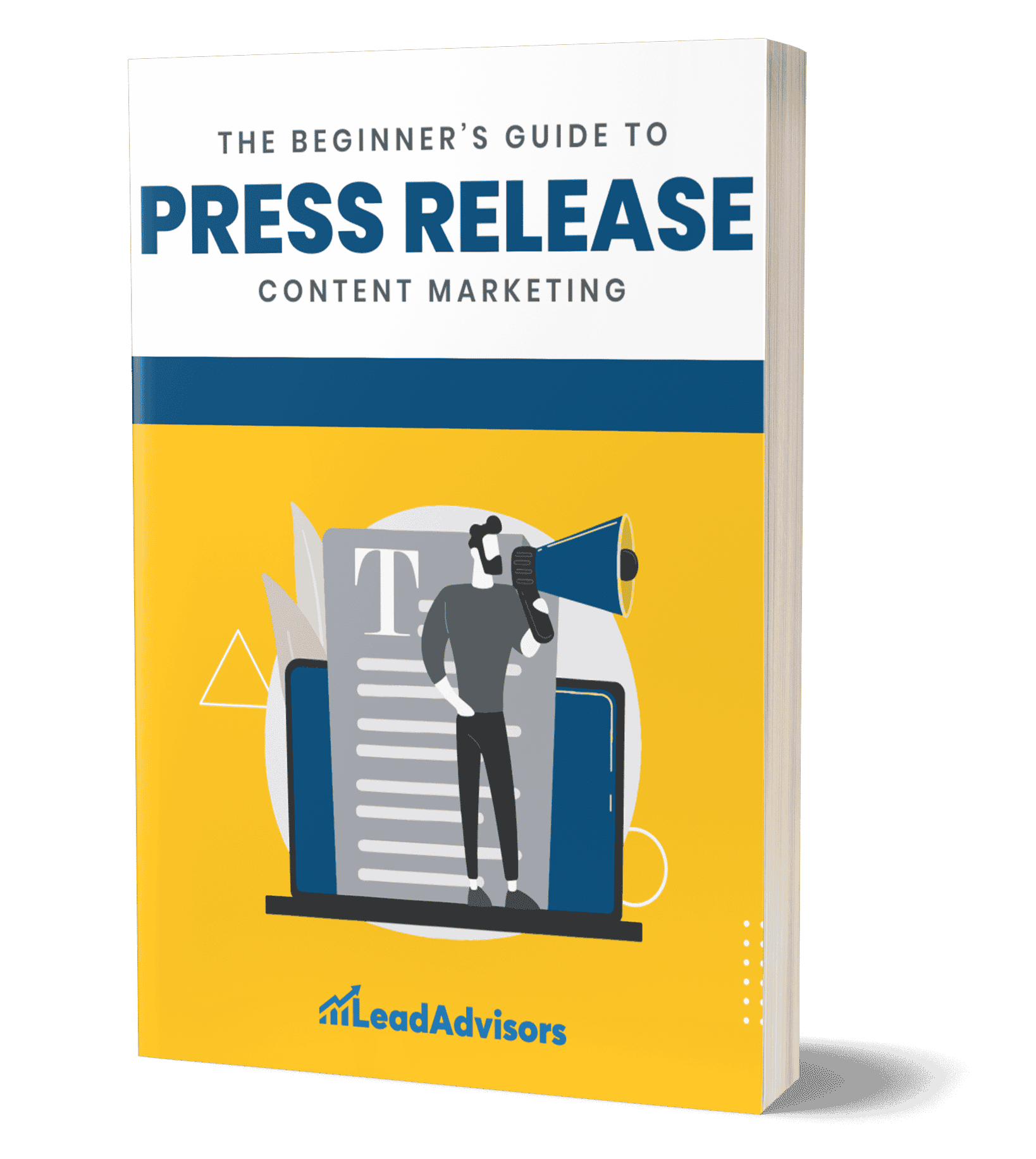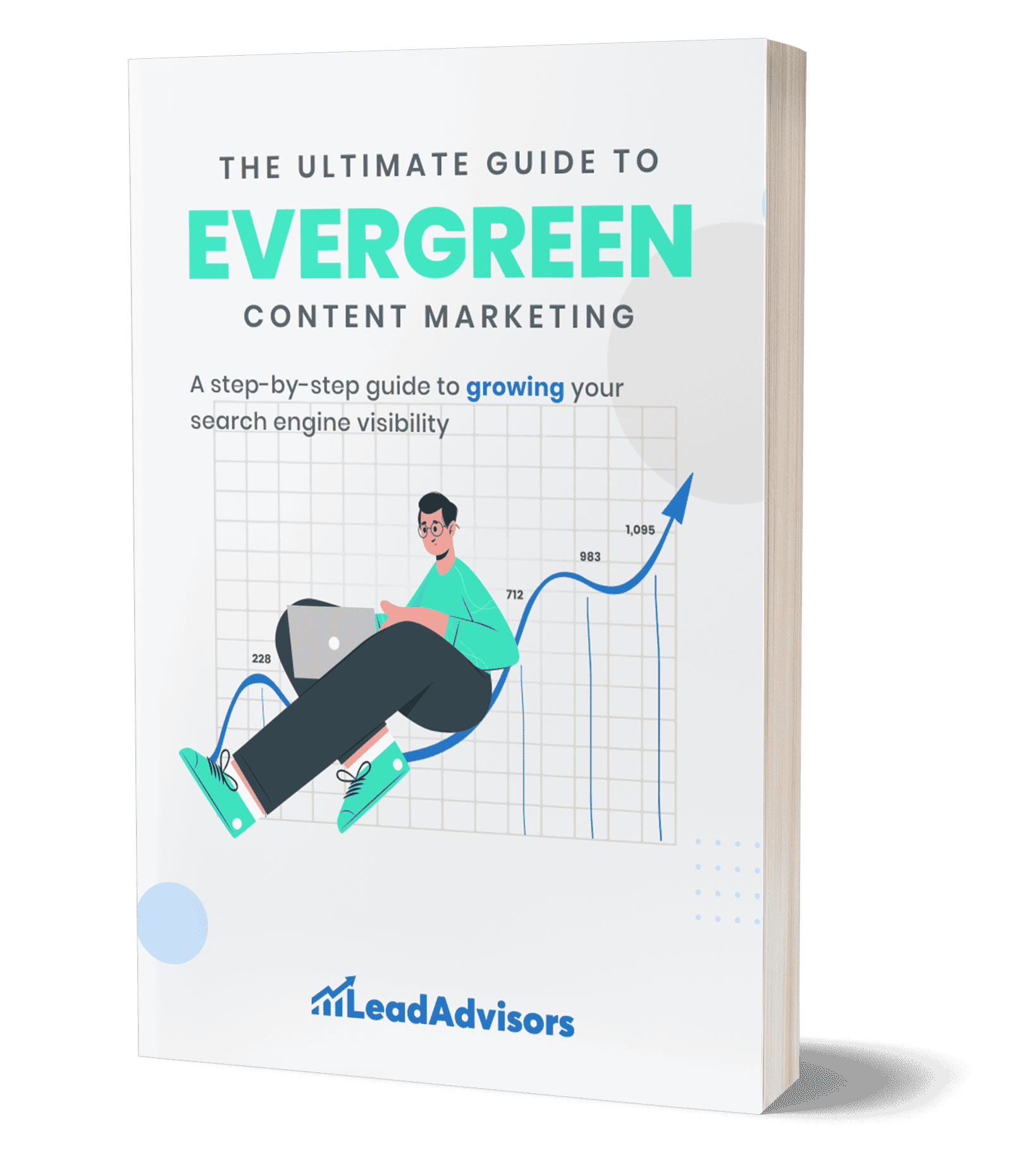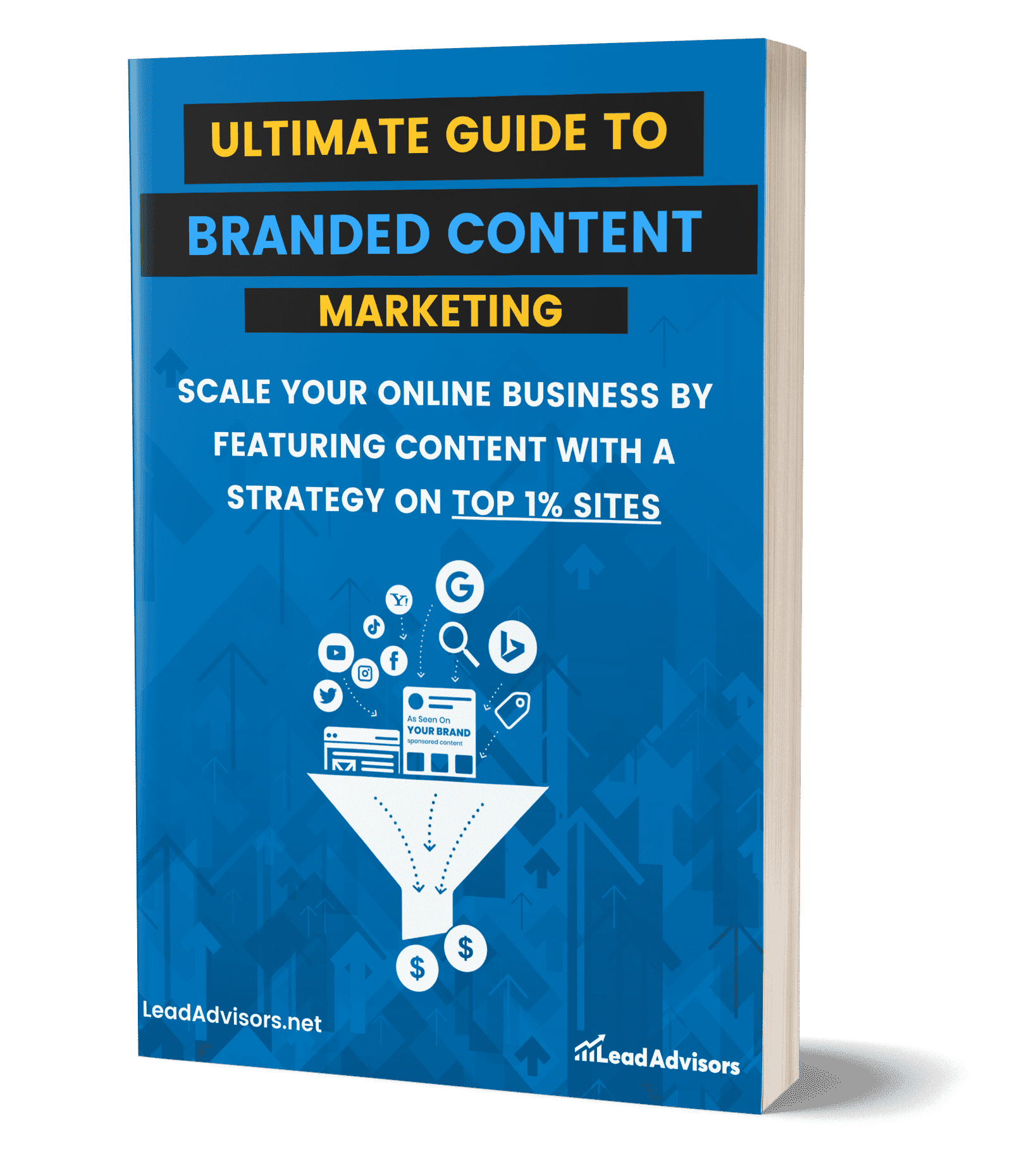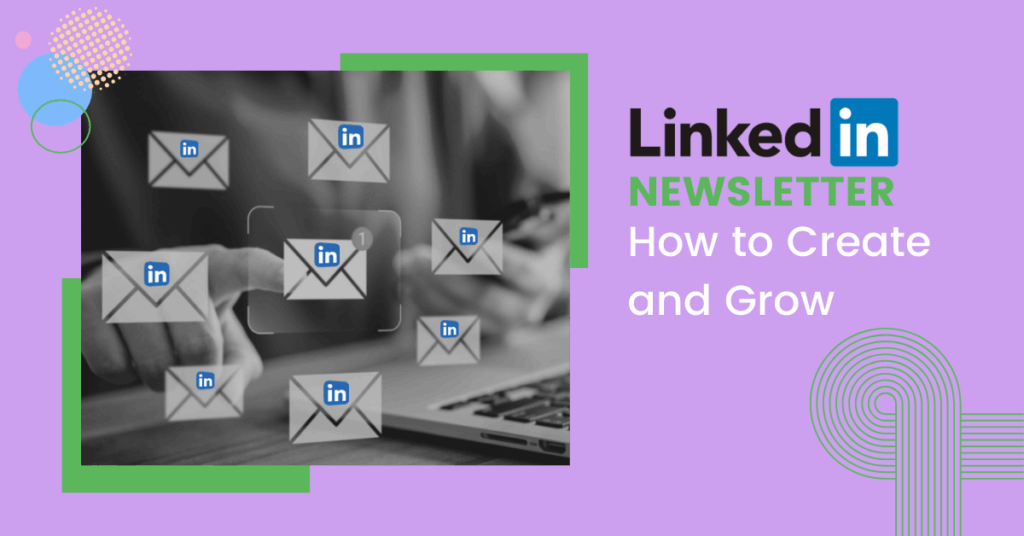Spending money on ads can feel risky, especially if you’re not sure what you’re doing. But the truth is, you don’t need a massive budget to make Google Ads work. The key isn’t just launching your first campaign—it’s about setting up a full funnel that actually leads to clicks, conversions, and results.
Whether you’re opening a new Google Ads account or trying to fix one that’s already live, this guide walks you through what actually makes a difference—from campaign types and ad groups to campaign settings and budget tips that help you win, even if you’re working with less.
Let’s break it down step by step.
Google Ads Fundamentals
Before you set up your first campaign, it helps to know what you’re actually working with. Google Ads isn’t just about showing up on search results—it’s a full advertising platform where you can get in front of people across Google Search, YouTube, Gmail, Maps, and millions of partner websites.
But here’s the thing—just having a selected Google account and running ads won’t guarantee results. The structure matters. So does how your ad groups are organized, which campaign types you choose, and how dialed-in your campaign settings are.
Let’s unpack the basics that make Google Ads actually work.
What is Google Ads?

Google Ads is Google’s online advertising system. It lets you pay to appear in front of people searching for things (like yours) or browsing websites, watching videos, or scrolling through apps. You’re not just boosting visibility—you’re showing up exactly when and where someone’s already interested.
This platform can be especially helpful when you’re launching your first campaign with a smaller monthly budget. Google’s tools let you customize your reach and only pay when someone clicks or takes action.
How Google Ads Works
Once your campaign is live, Google decides when and where your ads show up based on three big things:
- Ad Rank determines your ad position. It’s calculated based on your bid amount, ad quality, and other factors, such as the expected impact of ad extensions and formats.
- Quality Score – Think of this like a GPA for your ads. It looks at your ad’s relevance, expected clickthrough rate, and the experience people have on your landing page. Higher scores often mean lower costs per click.
- Bidding Models – This is how you pay:
- CPC (Cost per Click): Pay when someone clicks your ad.
- CPM (Cost per Thousand Impressions): Pay per view (great for brand awareness).
- CPA (Cost per Action): Pay when someone converts (like signs up or makes a purchase).
The Main Campaign Types
Google Ads gives you options so you can match your goals to the right format. Even if you’re only running one campaign at the start, picking the right one makes all the difference.
Here’s a quick rundown:
Campaign Type | Where It Shows | Best For |
Search | High-intent keywords; lead generation | |
Display campaigns | Websites and apps in the Google Display Network | Brand awareness; retargeting |
Video | YouTube and video partner sites | Engaging storytelling; brand visibility |
Shopping | Google Search product listings | E-commerce; showing products with prices |
App | Google Play, YouTube, and Display Network | Driving app installs and engagement |
Performance Max | Combines Search, Display, YouTube, Gmail, Discover | Broad reach with automation |
Smart Campaigns | Auto-managed placements across Google’s networks | Local businesses or first-time advertisers |
Discovery | YouTube Home, Gmail Promotions tab, Google Discover feed | Reaching people as they scroll and browse |
You can only link one selected Google account per Google Ads account, so make sure the right one is active before you build your first campaign.
And don’t forget—conversion tracking should be set up from the beginning. That’s how you’ll measure whether your ads are working. Whether you’re targeting leads, sales, or sign-ups, knowing what action was taken matters more than just counting clicks.
How to Set Up a Google Ads Campaign (Step-by-Step)
So you’re ready to run a Google Ads campaign but don’t want to burn through your budget or feel overwhelmed by the dashboard? You’re not alone. Here’s a step-by-step walkthrough that keeps things clear and beginner-friendly—perfect whether this is your first campaign or you’ve run ads before and want a smoother setup.
1. Create Your Google Ads Account
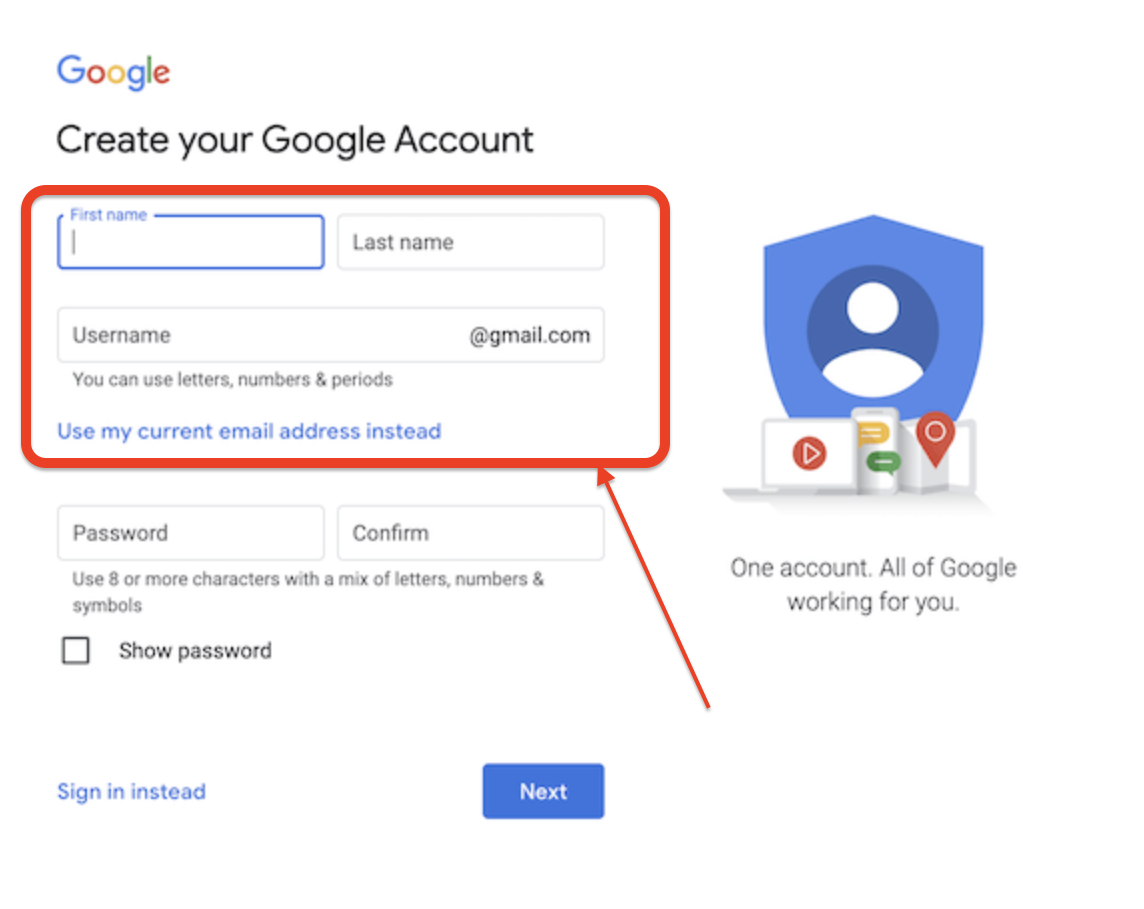
Start at ads.google.com. Sign in using your selected Google account—this will be the one connected to your ads moving forward.
Here’s a small but important trick: When Google tries to walk you through a simplified Smart Campaign setup, look for the link that says “Create an account without a campaign.” This skips Smart Mode and gets you into Expert Mode, where you’ll have full access to features like keyword match types, ad groups, and manual bidding.
It takes a minute or two, and once you’re in, you’re ready to build.
2. Choose Your Campaign Goal and Type
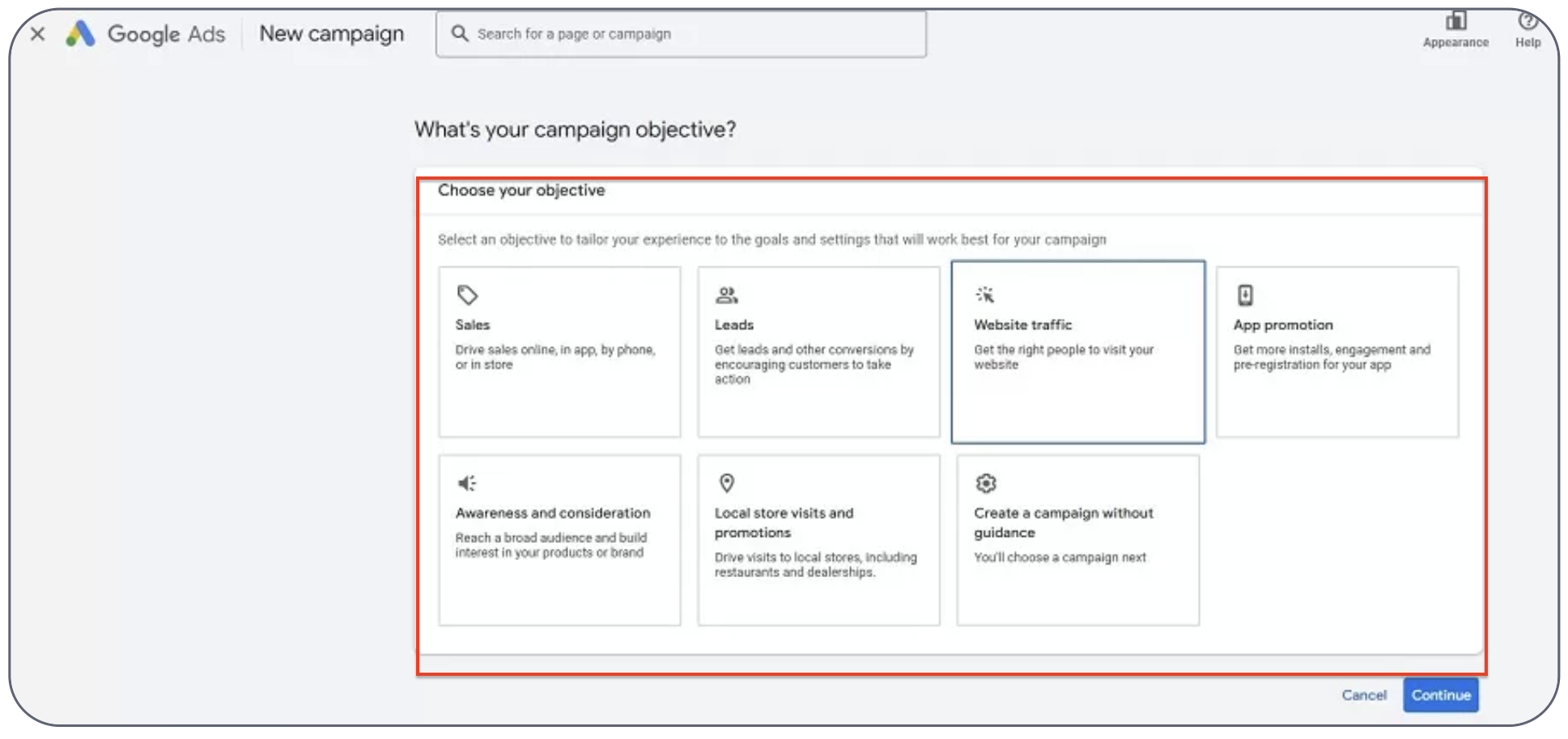
Now that your account is ready, it’s time to create a campaign. Click “+ New Campaign.” Google will ask you to select a goal, like website traffic, sales, leads, or app promotion.
Your choice here helps Google guide your campaign settings and features. If you want more control, you can also choose “Create a campaign without a goal’s guidance.”
After that, pick the campaign type that matches your goal. Here’s where the real options kick in:
- Search campaigns show your ads on Google Search results
- Display campaigns show banners across websites and apps.
- Performance Max combines Search, Display, YouTube, and more into one automated campaign.
For your first campaign, sticking with Search or Performance Max can give you solid results while keeping the setup manageable.
3. Set Campaign Details

Name your campaign something clear, especially if you’ll be running more later. For example, “Fall Sale – Search US Only” is better than just “Campaign 1.”
You’ll then choose which Google networks you want your ads to show on. For Search campaigns, you’ll typically leave Search Network selected and uncheck Display Network (unless you want your ads showing on partner sites too).
Next, set a schedule—start date, end date (optional), and any days/times you want to limit ad delivery. Think about your business hours or when your audience is most active.
4. Choose Your Targeting
Location and language targeting make or break your ad’s relevance. Choose the areas where your potential customers actually live or work—whether by country, state, zip code, or radius around a location.
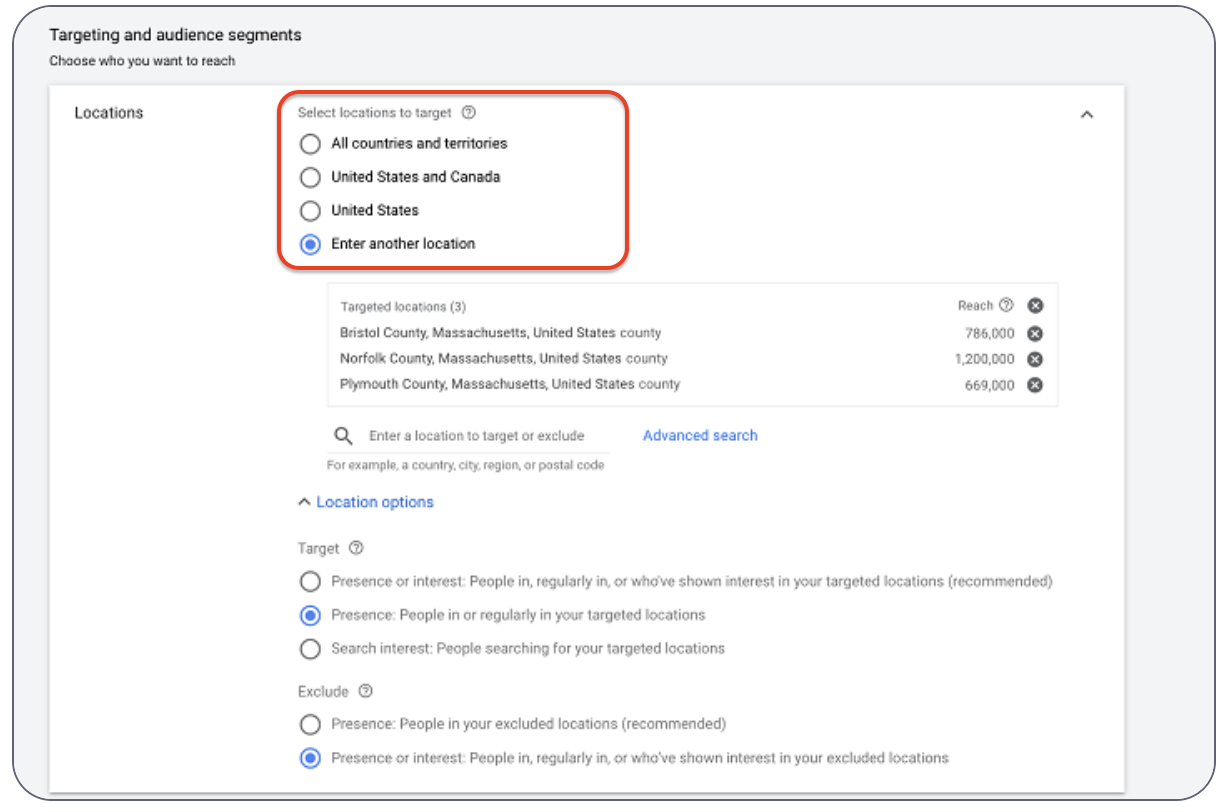
If your ads are in English, make sure to choose “English” under languages, unless you’re intentionally targeting multilingual audiences.
Google gives you options to exclude areas, too, which is helpful if you don’t ship to certain regions or want to skip unqualified traffic.
5. Decide on Your Budget
This is the part most people get nervous about. But don’t worry—you have full control. You can set a daily or monthly budget, and Google won’t go over what you allow.
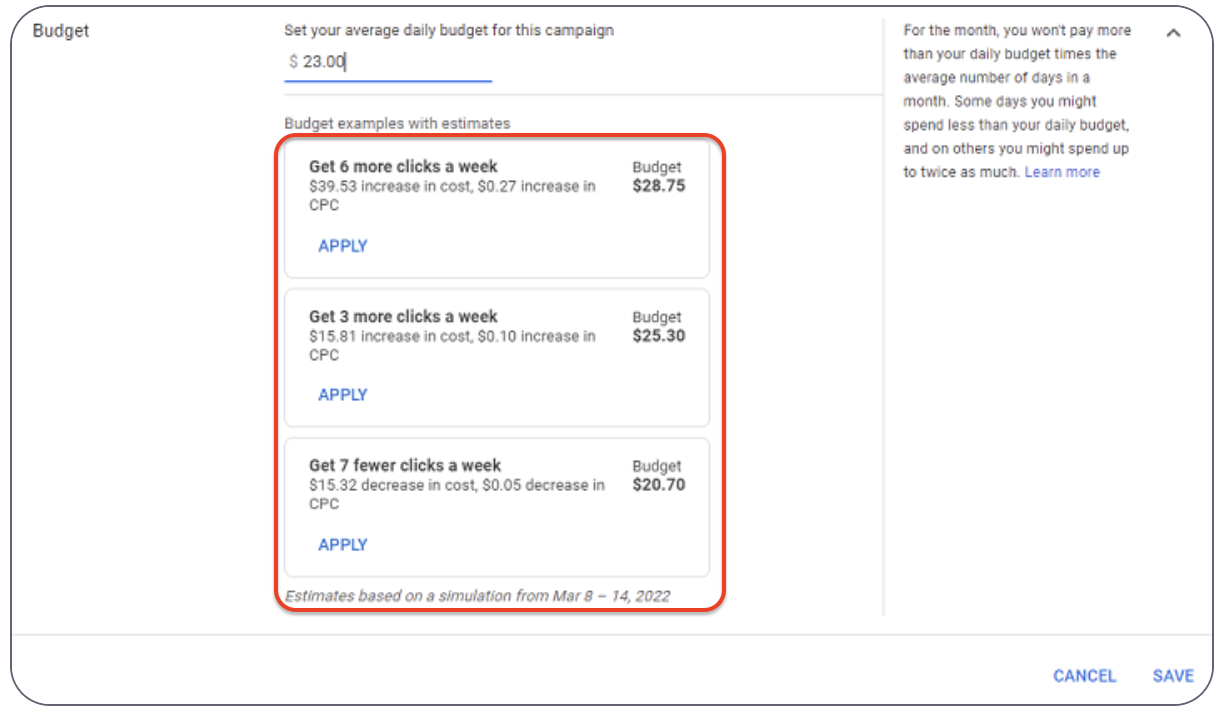
Start with something you’re comfortable with—even $5–$10 per day can go a long way if your targeting and keywords are sharp.
Later, when your campaign starts converting well, you can scale up. And yes, you can change your monthly budget anytime without penalties.
6. Pick a Bidding Strategy
This tells Google how you want to pay for ads. If you’re just starting out, automated bidding (like “Maximize Clicks” or “Maximize Conversions”) can make your life easier.

But if you like more control, go with manual CPC (cost per click). It lets you decide how much you’re willing to pay for each keyword.
Either way, monitor how it performs, and don’t assume automation will always do it better. Based on what’s working, you can adjust strategies mid-campaign.
7. Build Your Keyword Lists
Here’s where your targeting really sharpens. Google shows your ads based on keywords, so you’ll want a solid list that reflects what your customers are actually searching for.
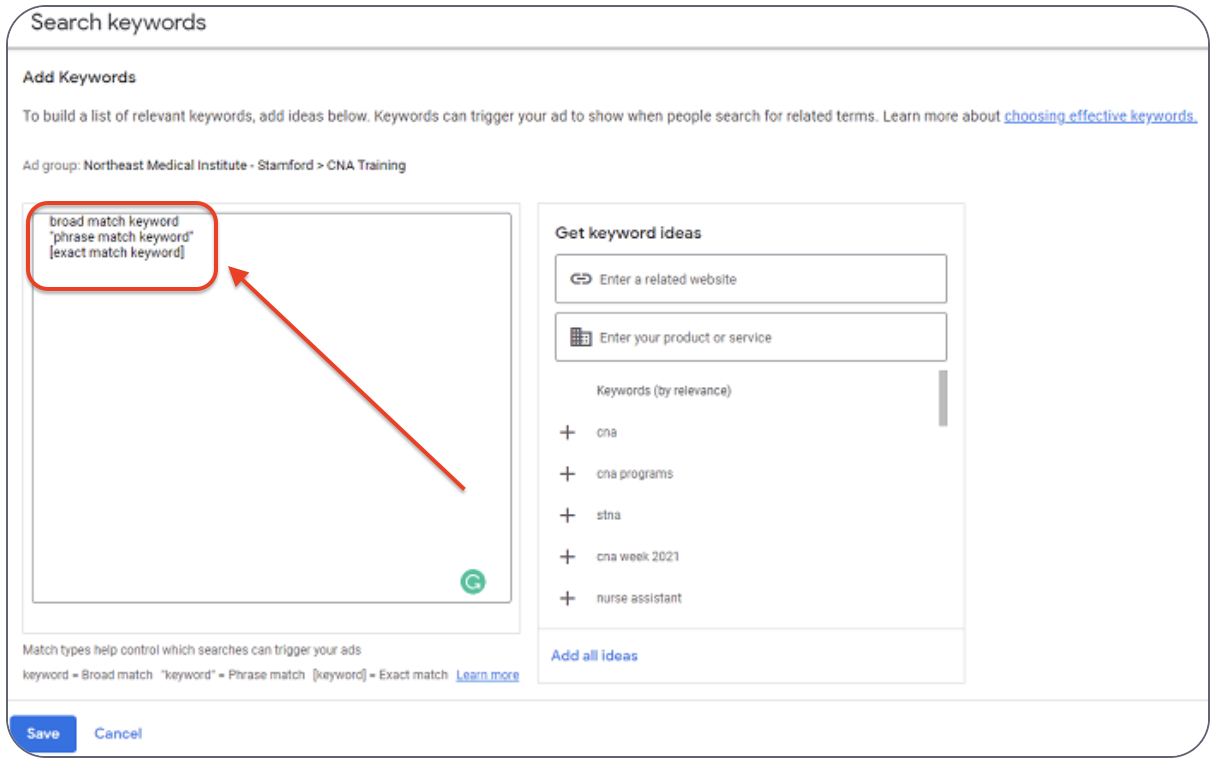
Use Keyword Planner or tools like Ubersuggest to find high-volume, low-competition phrases. Break them into ad groups by theme or product type.
Then, assign match types:
- Broad match – captures related terms and variations
- Phrase match – uses quotes and targets close variations.
- Exact match – uses brackets and triggers only exact searches.
Example: If you use exact match for [affordable yoga classes], your ad won’t show for “cheap yoga” or “online yoga classes.”
Organizing your keywords by ad groups will keep your targeting tight and your ads relevant.
8. Write Your Ads
You have limited space, so make it count. Write a headline that reflects the keyword and speaks directly to the user’s intent. Follow with a clear description that shows value and encourages action.
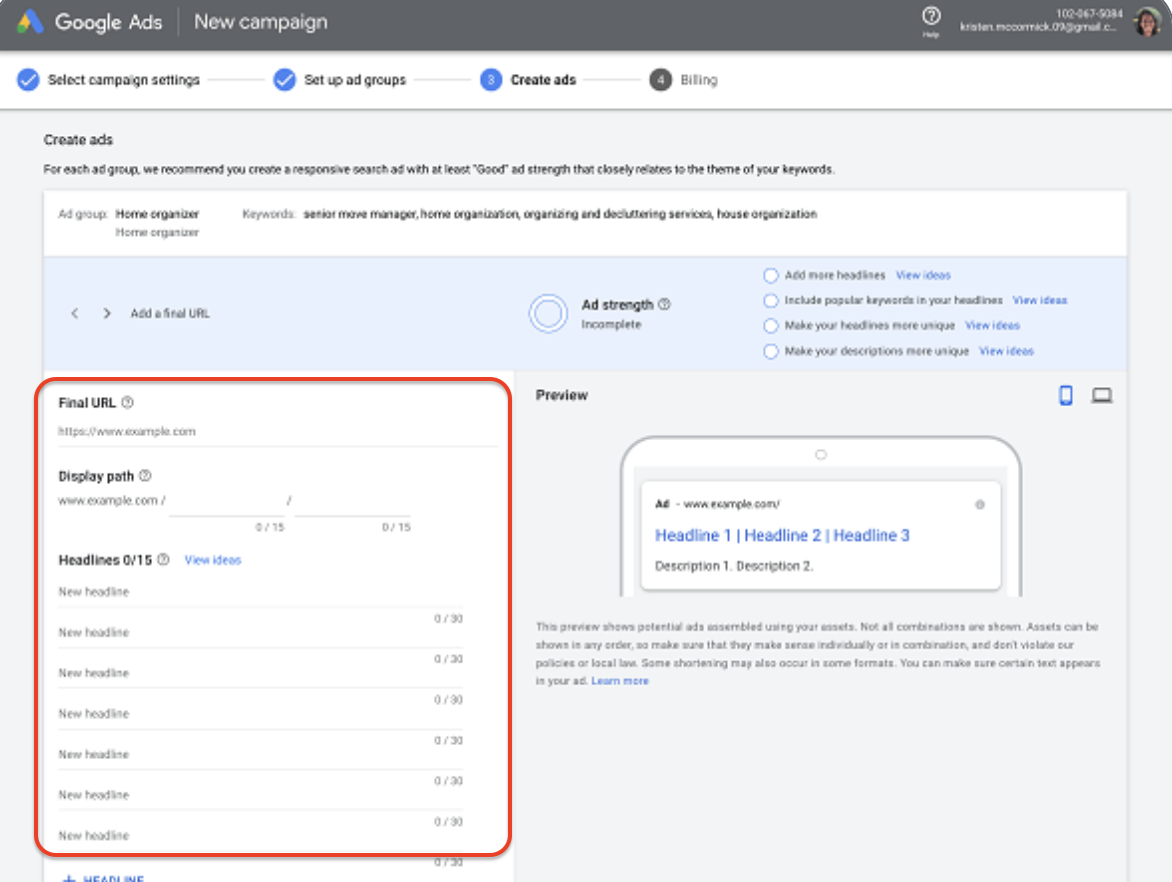
Think: “Enroll in Yoga Classes Near You – First Week Free!”
Then add a call to action like “Book Now” or “Get Quote.”
Ad add-ons (called ad extensions) can give your ad more real estate and drive more clicks. You can add site links (to other pages), callouts (special offers), or even a phone number if you want them to call.
You can also add ad assets to boost performance. These include structured snippets, price extensions, and app links, if applicable.
9. Link to a Strong Landing Page

This step often gets skipped, but it’s key. Your ad should send people to a website page that directly matches the ad copy. If your ad promises “Get $80 OFF,” send users to that product or promo page, not your homepage.
The more consistent your ad-to-landing-page experience is, the better your Quality Score and the lower your cost per click.
10. Add Optional Features and Final Touches

Now’s your chance to polish things up. Do you want to:
- Adjust your ad schedule by device (mobile, desktop)?
- Add audience signals for better targeting?
- Focus your advertising on specific demographics?
These optional tweaks aren’t required, but they can help optimize how your campaign performs and whom it reaches.
11. Review, Publish, and Set Up Conversion Tracking
Almost there! Review everything—from targeting to budget to ad previews. Make sure your billing info is updated, and nothing looks off.
One last but very important step: turn on conversion tracking. This tells Google (and you) which ads are actually working. Whether you want people to fill out a form, complete a purchase, or book a call, track it. Otherwise, you’re just guessing.
Once you’re happy, click Publish. Your first Google Ads campaign is live, and you’re officially in the game.
Advanced Performance Strategies
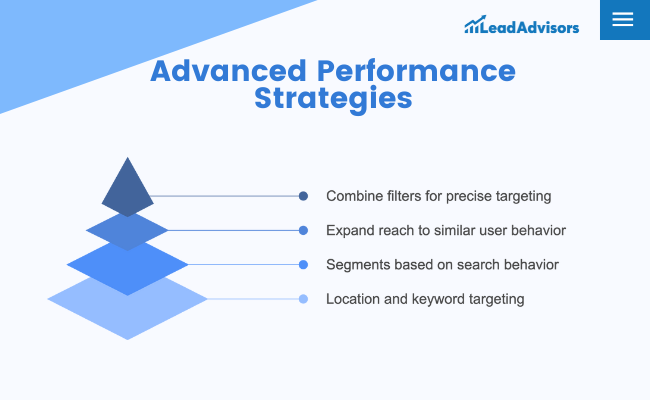
Once your campaign is live and bringing in clicks, that’s when the real optimization work begins. Running a Google Ads campaign isn’t just about getting traffic—it’s about making sure that traffic actually converts. Here are three areas where you can level up your results without necessarily spending more.
Audience Targeting That Actually Works
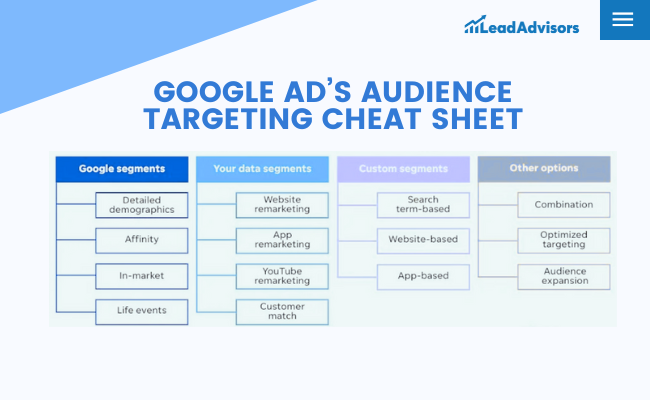
If you’re still just targeting by location and keywords, you’re barely scratching the surface. Google Ads offers plenty of targeting options that can help you zero in on your ideal customer.
- Custom Audiences: You can build custom segments based on search behavior, competitor websites, or interest categories. For example, you could target people who’ve searched for “affordable wedding planners” or visited a specific brand’s site.
- Lookalike Audiences (called “similar segments” in Google Ads): These help you expand your reach to new users who behave like your existing high-value leads.
- Layer Your Targeting: Combine filters like device type, location, language, and even user intent. Want to show ads only to mobile users within 10 miles of your store who are browsing wedding content on a weekend? You can do that.
The more layers you add (without over-restricting), the more relevant your ads feel—and the more likely people are to take action.
Landing Page Optimization
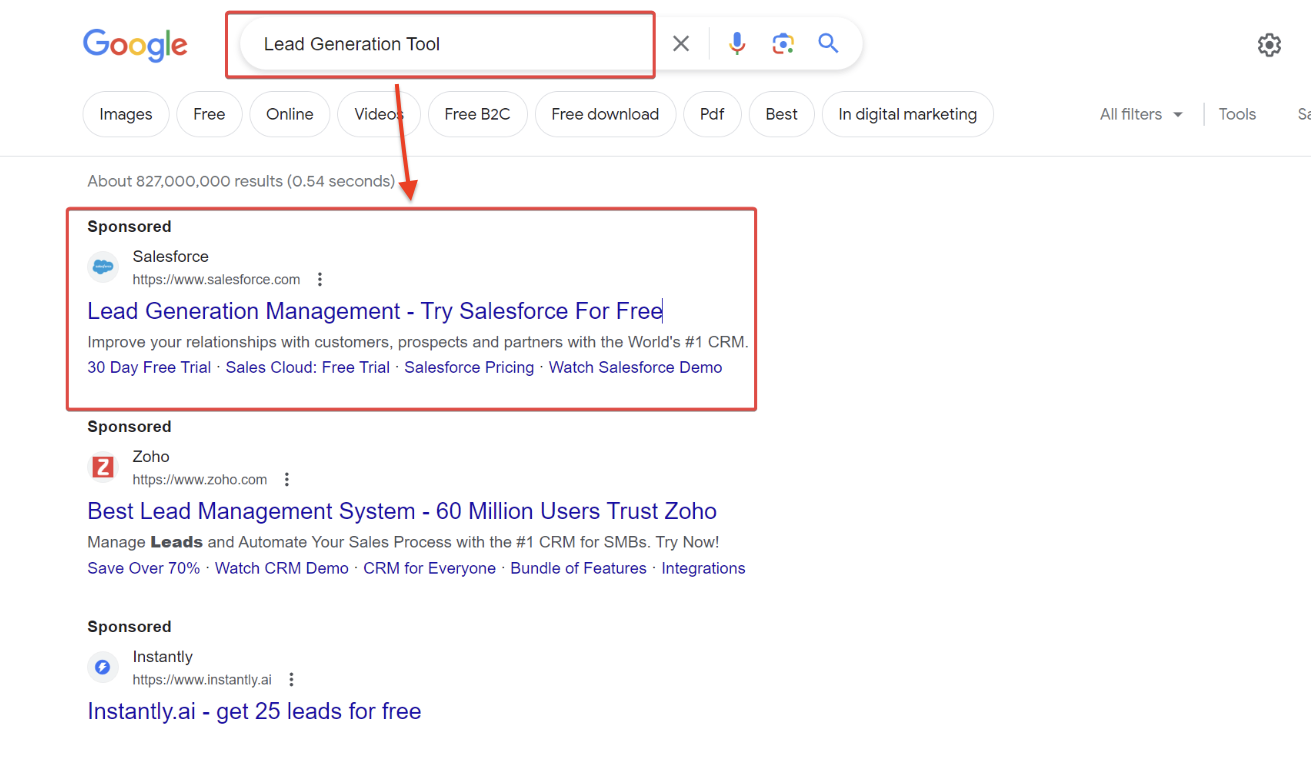
Now let’s discuss what you’re sending your traffic to. No matter how good your ads are, if your landing page sucks you won’t convert.
Here is how to make sure that your landing pages aren’t just eating your budget:
- Message Match: Your ad should match your landing page headline. If your ad talks about “30% off summer skincare,” the page should open with that same message, not something generic like “Welcome to Our Shop.”
- Clear CTA: Each page should have one goal. Don’t clutter it with three different buttons or confusing links. The CTA should be obvious—“Buy Now,” “Book a Call,” “Start Free Trial,” etc.
- Personalized Content: Tools can be employed to alter content for the user’s device, location, or keywords. When your page feels like it’s been made just for them, you will automatically resonate with your readers.
- Design That Converts: Keep it clean, fast, and mobile-friendly. Avoid long forms, tiny fonts, and anything that makes people scroll and scroll and scroll some more.
- Trust Builders: Insert customer reviews, testimonials, badges, or feature mentions. People love social proof.
- Urgency Triggers: Phrases such as “Offer Ends Tonight” or “Only 3 Spots Left” might be just the nudge visitors need to act immediately.
- Remove Distractions: Avoid sidebars, popups, and unnecessary links. Help your readers focus on one call to action.
It’s a simple aim: to make the path from ad to action frictionless.
Tracking and Measurement
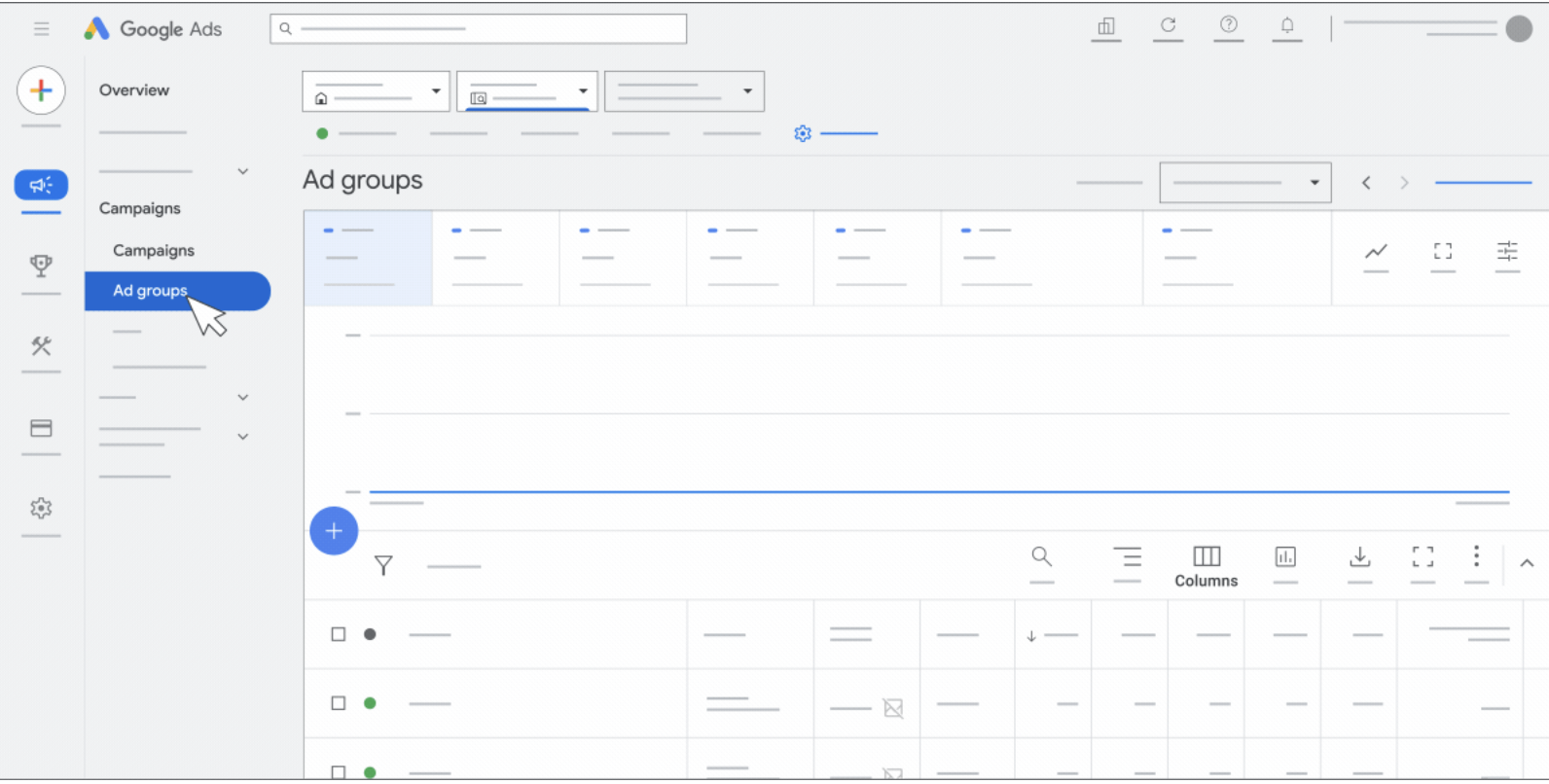
You can’t improve what you can’t measure. The good news? Google tells you everything you need to monitor what is and what is not working. But it works only if you’ve got it set up properly.
Here’s how to keep track of your results:
- Google Ads + Google Analytics: Connect these two solutions, so you can track what people do after they’ve clicked your ads. Are they bouncing? Browsing other pages? Completing forms? This insight is gold.
- UTM Parameters: You can put UTM tags on your URLs so you know exactly which campaign, ad group, or keyword brought somebody to your site. Instruments such as Google’s Campaign URL Builder can simplify this.
- Conversion Tracking: If you didn’t set this up when you first created your account, this would be the time to go back and install. Whether it’s tracking form submissions, purchases, phone calls, or app installs, conversion tracking is how Google knows what is actually driving results for you.
- CRM Integration: If you are collecting leads, ensure they integrate with your CRM or internal tools. This is particularly useful for companies that have offline sales. You will have better visibility into which ads are driving actual, qualified leads, not just clicks.
Remember to always double-check your billing information and conversion settings before launching any changes. A small error can throw off your entire campaign’s performance.
When your ads campaign is dialed in—from laser-focused targeting to landing pages that convert and data that tells the whole story—you’re not just throwing money into the platform. You’re building a system that learns and improves over time.
Google Ads Campaign Examples and Tactics
You’ve got your campaign launched, tracking ready to go, and performance strategies in play. Now let’s examine some campaign styles that do actually get clicks and conversions. These aren’t just hypothetical examples — they’re strategies you can modify and test depending on your business goals, your audience, and your offer.
Brand vs. Non-Brand Campaigns
If you are running ads for your brand, your ad copy is going to be what people already know about you. For example:
“Get Free Shipping at JennaSkin – Trusted by 200K Customers”
That’s very different from non-brand campaigns, where you’re targeting broader keywords like “best organic skincare” or “vegan moisturizer.” These need stronger hooks since the user may not know who you are:
“Shop Clean Skincare That Works – Try Risk-Free”
Split these into separate ad groups to track performance and allocate budget more effectively. Your keywords, message, and landing page strategy should match how familiar the user is with you.
Competitor Targeting
Yes, you can absolutely show up when people search for your competitors. Just don’t mention their name in your ad copy (Google doesn’t like that).
Let’s say you’re a newer project management app. Someone searches for “Asana alternative”—your ad could say:
“All-in-One Project Management – No Steep Learning Curve”
It’s subtle, smart, and plays to curiosity without being aggressive. To keep the click intentional, make sure the landing page continues the comparison.
Discount & Offer-Focused Campaigns
Running a sale? Use that urgency in your headline. These campaigns work best when they’re time-sensitive and loud about it. Example:
“Flash Sale – 30% Off All Orders Ends Tonight”
Pair this with sitelinks showing multiple product categories or featured bundles. These work great for both new and returning customers.
Just remember: once the promo ends, update the ad copy. Nothing ruins trust like an expired discount.
Free Trial or Freemium Campaigns
If your offer doesn’t require payment up front, say it loud. People love trying things with low or no risk.
“Start Your Free Trial – No Credit Card Needed”
Be sure to drive these clicks to a no-friction landing page: quick value, clear sign-up form, and zero distractions. These campaigns are great for SaaS, tools, subscriptions—anything where the product sells itself once people are inside.
Emotional Appeal Campaigns
Sometimes, logic isn’t what wins clicks—it’s emotion. Focus on a pain point or a deeper want:
“Overwhelmed with Bills? We Can Help You Get Out of Debt Fast”
Or go aspirational:
“Start the Side Hustle That Pays for Your Dream Life”
These campaigns hit hard when combined with benefit-led landing pages and social proof like testimonials or video case studies.
Audience Segmentation with Custom Landing Pages
This one’s gold. Let’s say you’re running a campaign for a tax service. One audience is small business owners, and the other is freelancers.
Each audience should see an ad and a landing page tailored to their situation.
- Ad for freelancers: “Tax Help for 1099s – Maximize Deductions Fast”
- Ad for business owners: “Reduce Tax Burden for Your Small Business”
Segmented messaging builds trust fast and drives way better conversion rates.
Social Proof Focus
When people see that others like them trust you, they’re more likely to take action. Try ads like:
“Rated 4.9 Stars by 1,000+ Happy Customers”
“Used by Teams at Nike, Zoom, and Shopify”
Pair this with landing pages that include logos, media mentions, and review scores. It’s especially powerful for B2B and higher-ticket services.
Intent-Based Copywriting
Don’t write generic ads—write for why someone’s searching. For example:
- If someone searches “how to file back taxes,” your ad could say:
“Get Help Filing Back Taxes – IRS-Compliant & Confidential” - For “best online fitness coach”:
“Work with a Certified Online Trainer – Programs Built for Your Goals”
It’s all about aligning your ad’s tone and CTA with what the searcher actually wants in that moment.
This is where you re-engage people who clicked but didn’t convert. Maybe they browsed your site, added something to the cart, or landed on a pricing page but left.
Set up a Display campaign or Performance Max campaign to remind them gently:
“Still Thinking About It? Get 10% Off Your First Month”
“Your Cart’s Waiting – Complete Your Order Today”
This works especially well when combined with a small incentive or updated offer and can seriously expand your campaign’s ROI.
Common Mistakes to Avoid

Even a well-planned Google Ads campaign can flop if a few small things are off. If you’re seeing low clicks, high bounce rates, or just not getting conversions—chances are, one of these could be the issue.
Before you hit “publish” or scale up your budget, watch out for these common traps:
Using Broad Match Without Filters
Broad match isn’t bad—but using it without filters or negative keywords is asking for wasted clicks.
Say you’re running ads for “certified life coach training.” If you use broad match for “coach,” you might show up for searches like “soccer coach salary” or “baby stroller coach.” Not ideal.
If you decide to use broad match, at least pair it with audience filters, intent signals, or keyword exclusions to keep your targeting tight.
Sending Traffic to Generic or Misaligned Landing Pages
This is a big one. If your ad says, “Book a Free Debt Consultation Today,” and the click goes to your homepage or a generic services page, you’ll lose that lead.
The fix: send users to a page that delivers on exactly what the ad promised. One offer, one CTA, one goal. If you’re targeting different types of users, build separate landing pages for each group.
Not Matching Ad Copy to User Intent
Think about why someone’s searching in the first place. Are they comparing tools? Ready to buy? Just learning?
A vague headline like “Get Started Today” doesn’t help someone searching “best CRM for real estate.” Your copy should show that you get them—and that your offer fits what they’re looking for.
If they’re looking to sign up or test something out, say it. If they want a quote or consultation, make that clear in the CTA.
Forgetting to Use Negative Keywords
One overlooked mistake that quickly costs people money is skipping negative keywords. These are words or phrases you don’t want your ads to show for.
If you’re offering paid tax prep, you don’t want to appear for “free tax filing,” right? Adding “free” as a negative keyword keeps your budget focused on qualified leads.
Review your search terms regularly and add anything irrelevant to your negative list. This alone can save you hundreds.
Ignoring Mobile vs. Desktop Differences
Mobile users behave differently than desktop users—especially when it comes to CTAs, load speed, and how much text they’re willing to read.
Always check how your ad looks on both devices. Make sure your landing page is mobile-friendly, and your sign-up form doesn’t take forever to fill out on a phone.
You can even adjust bids to prioritize the device that’s performing better.
Skipping Conversion Tracking
It’s tempting to launch quickly and figure out tracking later, but without conversion data, you won’t know what’s actually working.
Set up conversion tracking before you run traffic. Whether it’s calls, purchases, lead forms, or app installs—decide what a “conversion” means to your business and make sure it’s tracked.
No tracking = no learning.
Writing Vague CTAs
Avoid generic phrases like “Learn More” or “Click Here.” They’re soft, uninspired, and don’t help the user decide what happens next.
Instead, use CTAs that reflect real intent:
- “Book Your Free Demo”
- “Get Your Quote Now”
- “Try It Free for 7 Days”
Each one helps guide the person to take the next step without hesitation.
Over-Complicating Your Ad Structure
If your campaign has too many ad groups, keywords, or dozens of ad versions, it will become harder to manage and harder to optimize.
Start simple. One campaign, a few tightly themed ad groups, and clean keyword clusters. Add complexity later after you’ve seen what works.
Trying to get fancy too soon is one of the easiest ways to lose focus (and results).
Automation and Ongoing Optimization
Launching your Google Ads campaign is just the beginning. The real growth comes from how you maintain and fine-tune it over time. And the good news? You don’t have to do everything manually.
With a few smart automation tools and habits in place, you can keep performance steady without constantly babysitting your account.
Strategy | How It Helps | Tips |
Use Built-In Recommendations | Get real-time suggestions from Google Ads | Review weekly but apply selectively—only what’s aligned with your campaign goals |
Set Rules for Budget & Bid Adjustments | Automate pacing, bidding, and pausing based on performance | Create rules for spend caps, bid increases for converting keywords, or pausing overspend |
Sync Leads to CRM or Email | Streamline follow-up and lead management | Connect with platforms like HubSpot, Salesforce, or Mailchimp to track leads automatically |
Test Ads Regularly | Improve CTR and conversion by testing small copy changes | A/B test headlines, CTAs, and descriptions—run experiments by ad group or audience segment |
Monitor Device, Demographics, Location | Find what’s actually working and adjust accordingly | Use reporting data to adjust bids or copy by device type, age, gender, or geography |
Pause Low-Performing Keywords | Prevent budget waste and focus spending where it counts | Review underperforming keywords weekly; pause or adjust bids and reallocate to strong ones |
Wrapping It All Up
Running a Google Ads campaign on a small budget doesn’t mean you have to settle for small results. What really makes the difference is how well everything connects—from targeting the right audience to writing ads that speak to their intent and guiding them to landing pages that follow through.
Focus on clarity in your message, relevance in your keywords and offers, and segmentation in how you speak to different types of users. Don’t try to do too much at once. One well-structured campaign with tight ad groups and a solid landing page will outperform a cluttered setup every time.
If you’re just starting out, give yourself a two-week runway. Let the data build. Watch how users engage. Then start making changes with purpose, not panic.
Keep things simple, stay curious, and build from what works. That’s how you get the most out of every dollar.
Let me know if you’d like this turned into a downloadable checklist, summary graphic, or carousel post for social media. I’m ready when you are!

